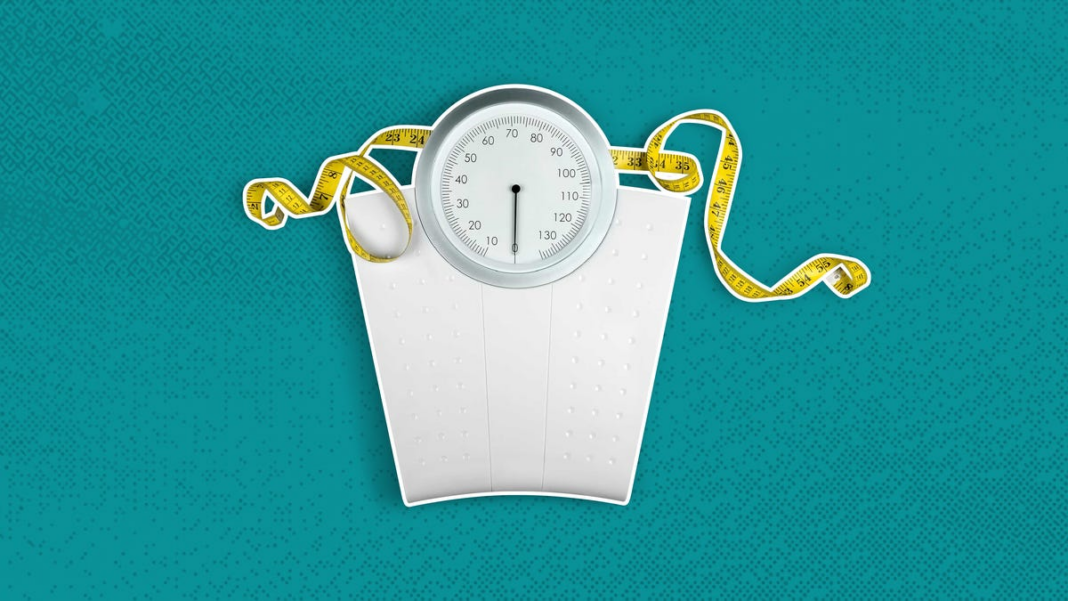How obesity rates in the US have changed over the last decade, illustrated with charts
Obesity is a major issue in the United States. Currently, 40% of adults in the U.S. are classified as having obesity, which increases their risk of severe health issues, such as diabetes, heart disease, and specific cancers. Recent statistics indicate that the number of Americans experiencing severe obesity is rising.
The Centers for Disease Control and Prevention reports that nearly 10% of adults aged 20 and over were classified as severely obese last year, a rise from 7.7% in 2013. One in five adults in the U.S. currently faces obesity challenges, according to the CDC.
Obesity heightens the chances of close to 200 different diseases and is linked to severe health complications such as asthma, stroke, Type 2 diabetes, and certain cancers. In 2021, obesity was a contributing factor in 3.7 million deaths.
These insights derive from a National Health and Nutrition Examination survey conducted from 2021 to 2023, which involved roughly 6,000 adults. Here’s an overview of how obesity and severe obesity rates have shifted over the past decade:
Rising rates of severe obesity
From August 2021 to August 2023, the most recent data indicates that the prevalence of severe obesity was 9.4% among adults overall. Notably, the rate of severe obesity among women was almost double that of men.
Women aged 40 to 59 reported the highest rates of severe obesity compared to other demographic groups, with nearly 15% indicating they lived with severe obesity.
Obesity rate differences among states
Recent statistics from the CDC reveal that 23 states have an adult obesity rate of 35% or higher, an increase from 22 states in 2022 and 19 states in 2021.
Prior to 2013, no state had exceeded a 35% obesity rate among adults. An analysis of individual state obesity rates emphasizes the necessity for public health initiatives tailored to local needs, as stated by the CDC.
West Virginia reports the highest adult obesity rate, standing at 41%. The CDC found that obesity rates are predominantly elevated in the Southern and Midwestern regions.
Here are the states with the highest prevalence of adult obesity (35% or more):
- Alabama
- Alaska
- Arkansas
- Delaware
- Georgia
- Illinois
- Indiana
- Iowa
- Kansas
- Louisiana
- Michigan
- Mississippi
- Missouri
- Nebraska
- New Mexico
- North Dakota
- Ohio
- Oklahoma
- South Carolina
- South Dakota
- Tennessee
- West Virginia
- Wisconsin
Both Guam and Puerto Rico also have obesity rates exceeding 35%.
It’s essential to recognize that: For many, being overweight is not simply a personal choice but rather a result of systemic factors beyond their control.
Community strategies for addressing obesity
To combat obesity, communities can improve access to nutritious foods, create safe spaces for exercise, offer supportive obesity prevention and treatment services free from stigma, and deliver evidence-based health care options like medication and surgical solutions, per CDC guidelines.
According to Karen Hacker, director of the CDC’s National Center for Chronic Disease Prevention and Health Promotion, multiple factors contribute to obesity, which makes it necessary to adopt varied strategies: “Obesity is a complex disease influenced by factors such as dietary habits, physical activity, sleep patterns, genetics, and some medications, indicating that a single solution won’t suffice.
“Nevertheless, we understand that effective strategies include addressing fundamental social health determinants, such as healthcare access, availability of healthy and reasonably priced food, and secure locations for physical activity.”
What drives the obesity crisis in the U.S.?
YSL News has examined the evolving concerns around obesity in America, focusing on treatment advancements and the growing scientific insight into the issue. Reporters engaged with over 50 specialists in fields like nutrition, endocrinology, psychology, exercise science, and neuroscience, along with individuals facing personal weight challenges. Here are their observations.
Explore more health articles from YSL News’s Graphics and Data Visualization team:
Obesity was long seen as an individual failure, but science indicates it’s not the case.
Tips for boosting your immune system this winter.
Feeling irritable? Blood sugar fluctuations could be responsible.
Want to enhance longevity? Check out our visual guide on how longevity science can alleviate age-related diseases.
Girls and LGBQ+ teens are more vulnerable to depression, a finding from a recent CDC mental health report.

